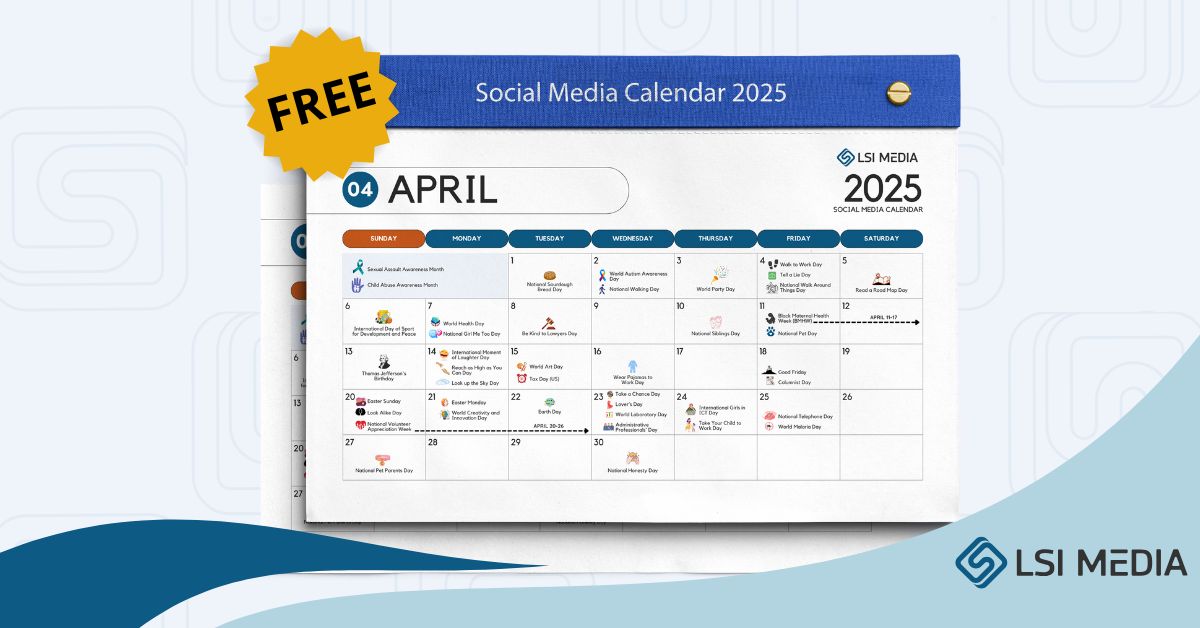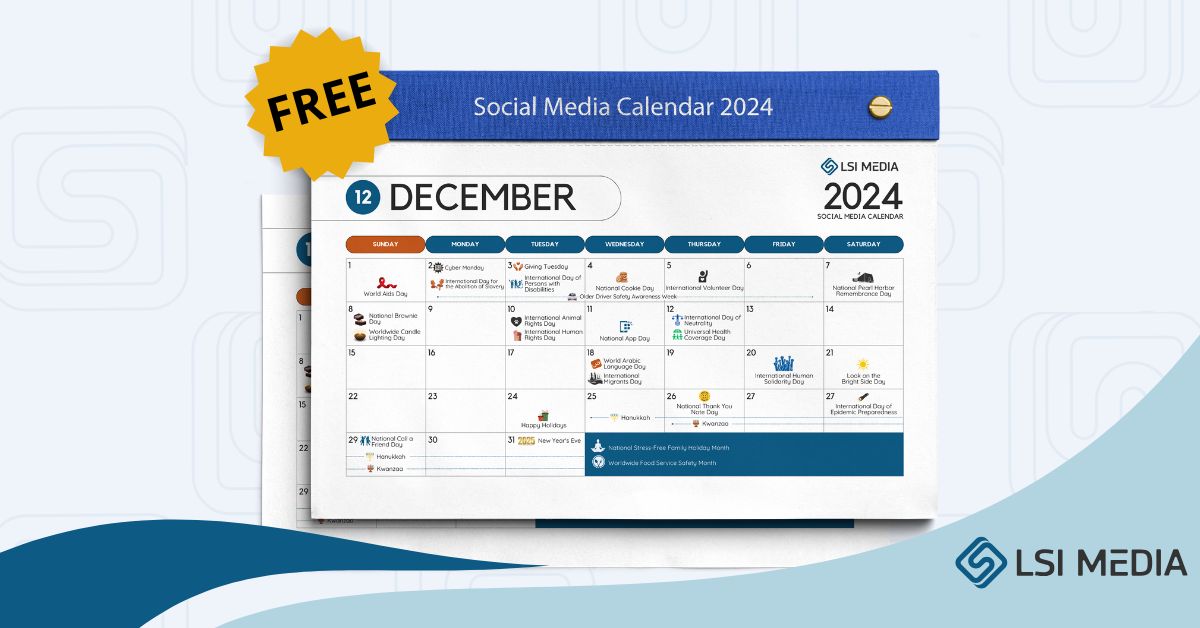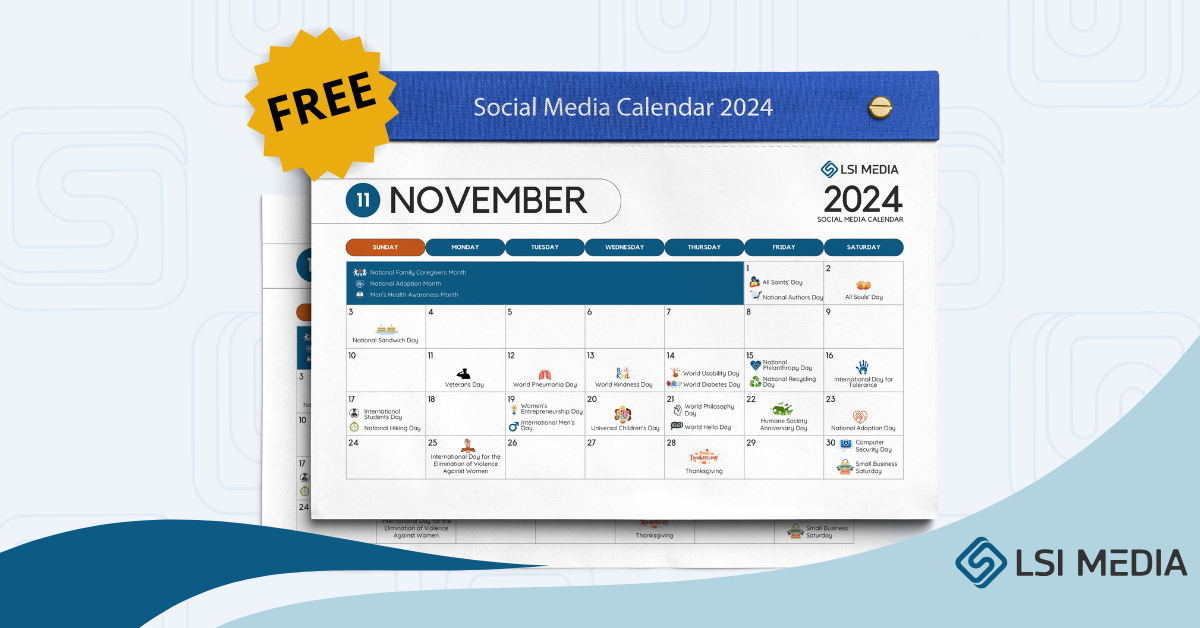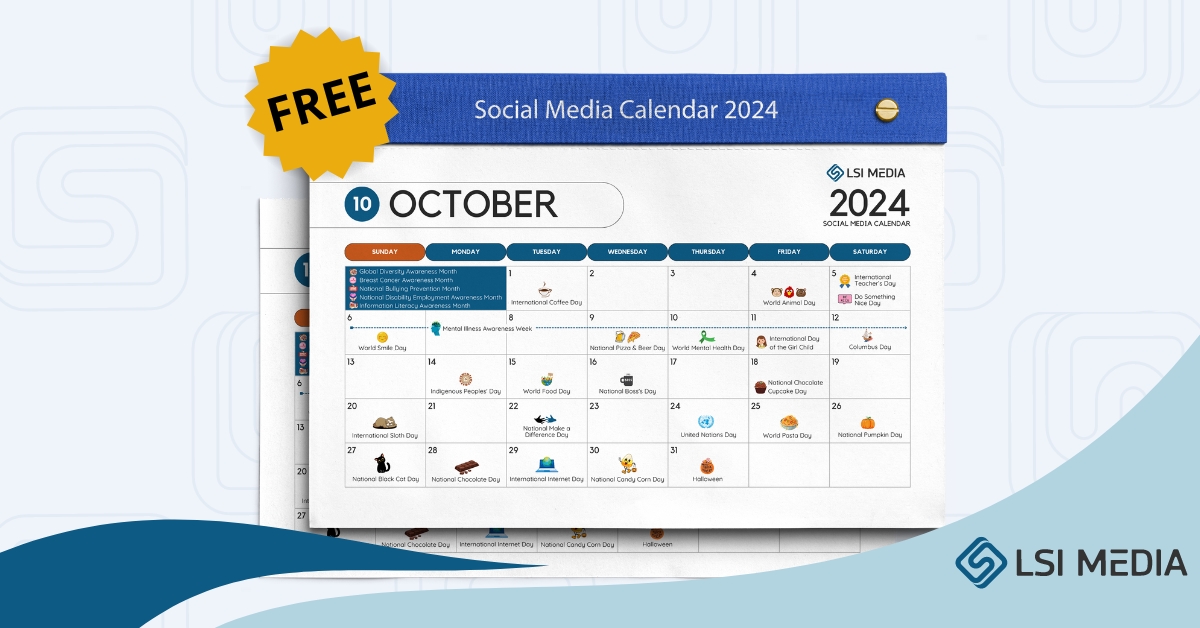Losing access to the account or control of your social media platforms can be disastrous for any organization. Social media platforms like Facebook, Instagram, and TikTok are vital for communication and growth. They are valuable digital assets representing your brand and driving engagement.
But what happens when an employee with access to the account leaves or login credentials are lost? This article explores safeguarding social media platforms and provides practical strategies for managing ownership and access.
We’ll cover avoiding common pitfalls, navigating transitions, and exploring real-world cases involving legal battles over ownership rights. Ensure your social media marketing isn’t jeopardized by something as simple as a lost password.
Understanding Social Media Account Ownership

Now that we understand the importance of safeguarding our social media presence, let’s explore the complexities of social media ownership. Who owns a particular account is unclear, especially when employees are involved. This can lead to disputes, legal battles, and potentially loss of valuable digital assets.
What Constitutes Ownership of a Social Media Account?
Determining ownership of a social media account can be complex. It’s not as simple as who created the account.
Who Owns a Social Media Profile: Company vs. Employee
Common Scenarios that Affect Ownership
Several situations can complicate social media ownership and highlight the need for clear policies and procedures.
Best Practices for Account Setup
Understanding the complexities of social media ownership is the first step. Now, let’s move on to practical strategies for setting up your accounts to avoid future headaches. By implementing these best practices from the start, you can minimize the risk of losing access or facing disputes over ownership of the accounts.
Choosing the Right Account Type (Personal vs. Business)
Social media companies offer different account types. While it might be tempting to use a personal profile for your business, this can create confusion and jeopardize your ownership of the social media assets.
Always opt for a business account. This provides features specifically designed for organizations and clarifies that the account is used for professional purposes, which can help create a presumption of ownership in favor of the company.
Establishing a Clear Account Ownership Policy
A well-defined social media policy is crucial for any organization. This policy should explicitly state that the company retains ownership of the accounts created and used for business purposes.
It should also outline how accounts should be used, the acceptable content, and the consequences of violating the policy. Include this policy in your employee handbook or as a document that all employees acknowledge.
Utilizing Official Business Email Addresses for Account Creation
Avoid using personal email addresses when creating social media accounts. Instead, use an official company email address. This strengthens the company’s claim to ownership and ensures access is not tied to an individual employee. If an employee leaves, the company retains control over the account.
Setting Up a Centralized Management System for Accounts
Access Management Strategies
Role-Based Access Controls
Not everyone in your organization needs full access to your social media accounts. Implement role-based access control to define who can do what.
- Create distinct roles (e.g., admin, editor, contributor) with varying access levels.
- Only grant employees the access they need to perform their job functions.
This minimizes the risk of accidental or malicious actions that could jeopardize your accounts or lead to disputes over the ownership of the accounts.
Regular Audits of Account Access
Conduct periodic audits of who has access to your social media accounts. Remove access for employees who no longer need it, especially those who have left the company. This helps maintain control and prevents former employees from claiming ownership or causing account problems.
Implementing Two-Factor Authentication (2FA)
Two-factor authentication adds an extra layer of security to your social media accounts. Even if someone obtains a password, they’ll need a second form of authentication (like a code sent to a mobile device) to gain access. This makes it significantly harder for unauthorized individuals to access your accounts and potentially disrupt your social media presence.
Password Management Best Practices
Strong passwords and proper password management are essential for protecting social media platforms.
- Use a combination of uppercase and lowercase letters, numbers, and symbols.
- Avoid easily guessable passwords like “password123.”
- Password managers help you generate and store strong, unique passwords for your social media accounts.
This eliminates the need to remember multiple complex passwords and reduces the risk of password reuse, which can compromise security.
Documentation and Policy Development
Beyond access management, thorough documentation and well-defined policies are critical for protecting your social media assets in the long term.
Creating a Social Media Policy Document
A comprehensive social media policy guides employees on using social media to align with the organization’s goals and values.
- Clearly define what type of content is acceptable and unacceptable on company social media accounts. This will help protect your brand reputation and prevent legal issues.
- Outline the process for granting and revoking access to social media accounts. This includes procedures for transferring ownership of these accounts when employees leave or roles change.
Importance of Documenting Account Credentials and Changes
Maintain a secure record of all social media account credentials, including usernames, passwords, and other relevant login information. Document any changes in access or ownership, ensuring a clear audit trail. This helps prevent situations where the original owner cannot locate the account’s information, which can lead to a loss of access and control.
Regularly Updating Policies in Response to Changes in the Organization
The digital landscape is constantly evolving. Social media companies frequently update their platforms, terms of service, and features. To reflect these changes and ensure your organization remains compliant and protected, regularly review and update your social media policy and documentation.
Training and Awareness
Human error can still threaten your social media accounts even with the best policies and procedures. That’s why ongoing training and awareness are vital for safeguarding your organization’s social media presence.
Educating Employees on Social Media Security (Ownership Rights)
Employees need to understand the importance of social media security and their role in protecting valuable company assets. Communicate your social media policy and emphasize that the company retains ownership of the accounts. Explain the potential consequences of misusing social media, including legal risks and damage to the organization’s reputation.
Conducting Regular Training Sessions on Best Practices
Provide regular training sessions to reinforce best practices for social media use and security. Cover topics like:
- Creating strong passwords
- Recognizing and avoiding phishing scams
- Protecting confidential information
- Understanding the company’s social media policy
- Proper use of social media for business purposes
Promoting a Culture of Accountability and Security Consciousness
Go beyond simply stating rules. Foster a culture where employees feel responsible for protecting the organization’s social media assets. Encourage them to report suspicious activity and ask questions if they are unsure about proper procedures. This creates a sense of shared responsibility and helps ensure everyone is on the same page regarding social media security.
Handling Account Transitions
Whether an employee is leaving or a role shift, transitions can be a vulnerable time for your social media accounts. Without a clear process, you risk losing access, creating confusion, or even facing disputes over ownership of the accounts. Here’s how to navigate transitions smoothly and maintain control of your valuable social media assets.
Best Practices for Transferring Account Ownership
When an employee who manages social media accounts leaves the organization, a formal transfer process is essential.
Dealing with Account Recovery in Case of Loss
Despite your best efforts, situations may arise where you lose access to a social media account. Perhaps the original owner cannot locate the login credentials, or an employee leaves without transferring ownership.
Importance of Maintaining Access During Transitions
Maintaining continuous access to your social media accounts during transitions is crucial for several reasons:
Legal Considerations
While proactive measures and clear policies can prevent most issues, it is important to know the legal landscape surrounding social media ownership. Understanding the legal implications can help you protect your rights in social media accounts and navigate potential disputes.
Understanding the Terms of Service of Various Platforms (Social Media Companies)
Each social media platform has its terms of service that govern account use. These terms often address issues like account ownership, intellectual property rights, and acceptable content. Familiarize yourself with the terms of service of the platforms you use to ensure compliance and avoid actions that could jeopardize your accounts.
Navigating Intellectual Property Issues Related to Digital Content
Social media accounts often contain valuable intellectual property, such as copyrighted images, trademarks, and trade secrets. Understanding who owns this content and how it can be used is important. If you’re working with a social media influencer or using third-party content, ensure you have the licenses and permissions to avoid legal issues.
Preparing for Potential Disputes over Account Ownership (Social Media Ownership)
Despite your best efforts, disputes over social media ownership can arise.
Conclusion
In today’s digital age, social media platforms are valuable assets for any organization. Protecting these assets requires a proactive approach with clear policies, strong access management, and ongoing training.
By implementing the best practices outlined in this article, you can safeguard your social media presence, avoid legal pitfalls, and ensure the continuity of your online efforts. Take action today to protect your social media accounts and reap the benefits of a strong and secure online presence!
Maximize your social media ROI and minimize risk with LSI Media. We provide the tools and expertise to ensure your social media accounts are secure, compliant, and optimized for success. Get in touch to discuss your needs.





















